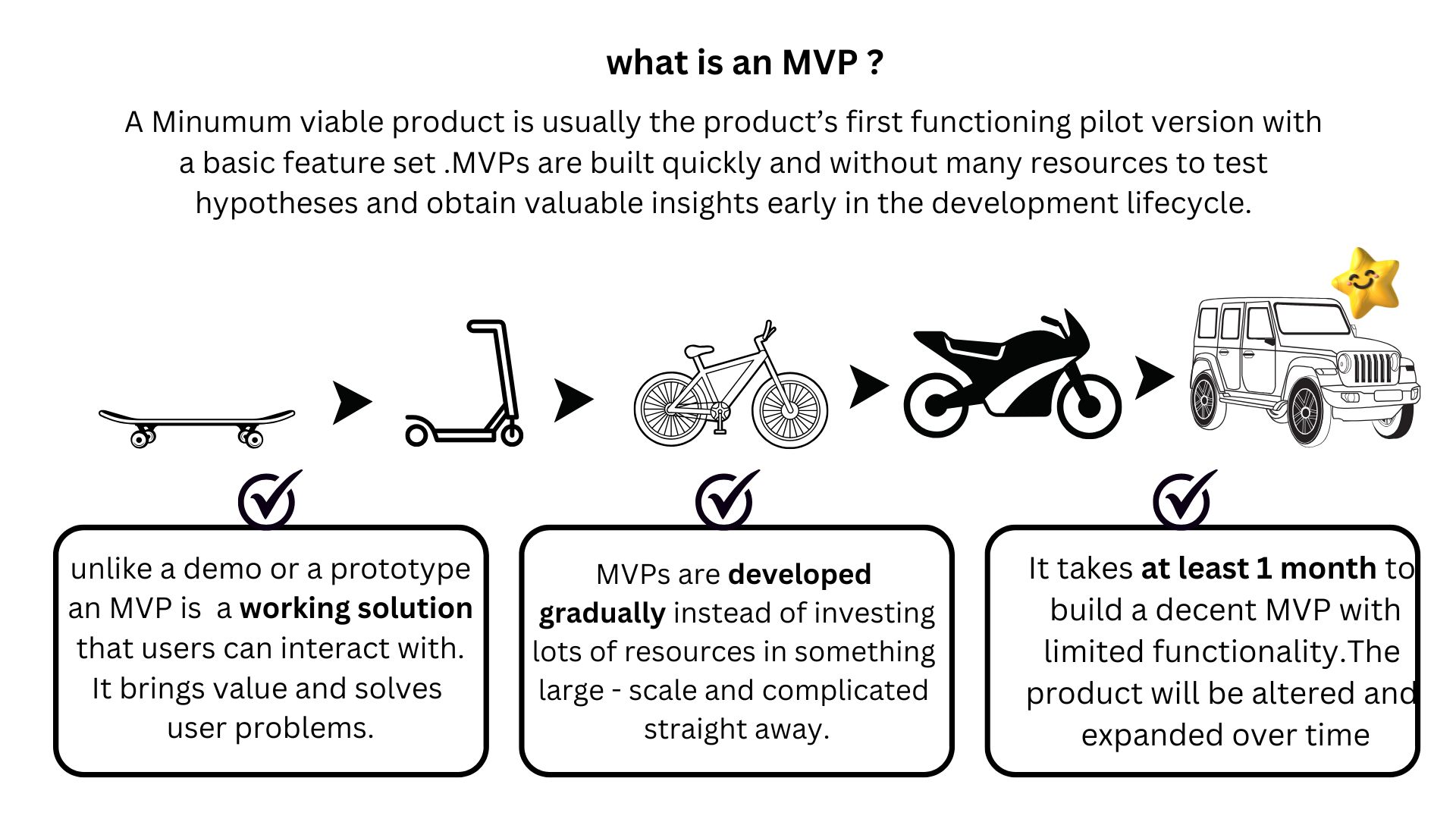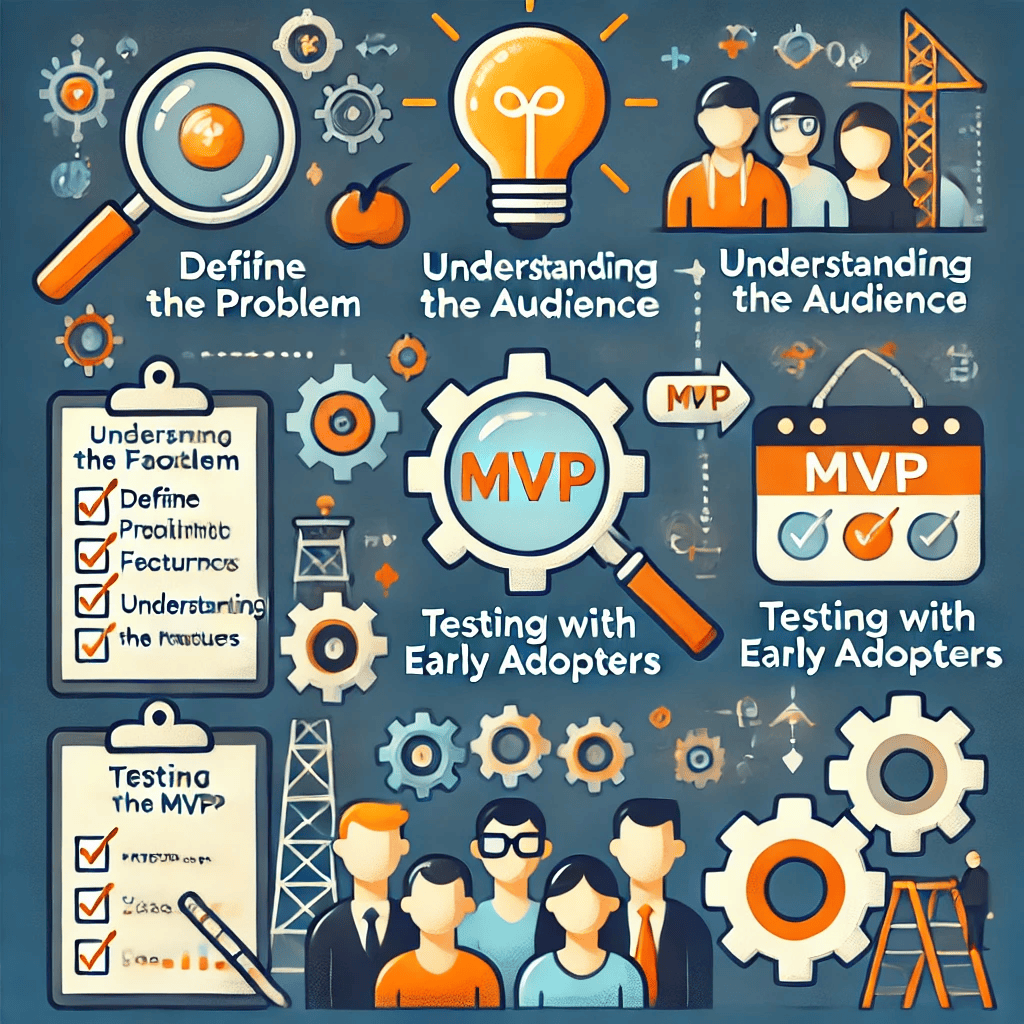KSOFT
In the world of startups, building a product from scratch can feel like walking into the unknown. Questions like, “Will people actually use this?” or “Is this worth the investment?” often arise. This is where a Minimum Viable Product (MVP) comes in—a game-changing approach that allows you to test the waters without diving in headfirst.
An MVP is more than just a simplified version of a product; it’s a strategic tool designed to validate ideas, test market fit, and gather valuable user feedback. Alongside MVP development, many startups focus on web development to establish their online presence early. Let’s explore the three primary purposes of an MVP and how they set the foundation for startup success.
MVP
A Minimum Viable Product (MVP) is the simplest version of your product with just enough features to demonstrate its value. It allows startups to launch quickly, test their idea, and gather real-world feedback without investing in full-scale development.
Here’s a visual that explains the essence of an MVP and its gradual evolution:

Unlike a prototype, an MVP is a working solution that users can interact with. It evolves gradually, saving resources and focusing on solving real problems for users. In the same way, startups often begin by building a simple, responsive web design to ensure their online presence is optimized for all devices.
1. Validate a Business Idea with Minimal Investment
One of the biggest risks for startups is investing time, money, and resources into an idea that might not work. An MVP minimizes this risk by focusing on the core functionality of a product, rather than building a fully-fledged version right away.
Dropbox launched its MVP with a simple demo video explaining how the product would work. The overwhelming response validated the idea and attracted investors, allowing them to move forward with confidence. Just as ecommerce website development helps startups quickly test and market their products online, an MVP helps validate the core concept behind a business idea.
2. Test Product-Market Fit Early in the Development Process
“Product-market fit” refers to how well your product satisfies the needs of your target market. Testing this early ensures that you’re building something people actually want. An MVP allows you to gather data and insights quickly, helping you stay agile in a competitive market.
Dropbox launched its MVP with a simple demo video explaining how the product would work. The overwhelming response validated the idea and attracted investors, allowing them to move forward with confidence.
3. Gather Real User Feedback to Refine and Improve the Product
User feedback is the cornerstone of any successful product. An MVP gives you access to early adopters—users who test your product and provide valuable insights.
Instagram initially launched as Burbn, a multi-featured app. User feedback revealed that photo sharing was the most-loved feature, prompting a pivot to focus entirely on that.
Building an MVP requires a shift in mindset. It’s about:

An MVP isn’t just a product—it’s a strategy that empowers startups to take calculated risks and make data-driven decisions. By validating your idea, testing product-market fit, and gathering real user feedback, an MVP lays the foundation for success while minimizing unnecessary costs and effort.
Remember, the goal of an MVP isn’t perfection; it’s progress. It’s about taking that first step, learning from the journey, and building a product that truly resonates with your audience. Start small, think big, and let your MVP pave the way for your startup’s growth.
